The Plate to Plate component allows you to connect two members by means of two end plates, bolts, and welds.
To Connect
The first category of the component settings manages the definition of the connected members.
Position
The second category controls the position of the two plates.
You can define the "Origin" of the plates either as "Perpendicular" or by "Half angle". Select the relevant option from the list.
If you select the "Perpendicular" option, the plates are set in the plane perpendicularly to Connected Member 1. Specify the "Axial displacement" if you want to move the plate along the center axis of that member.
When you define the position by "Half angle", the plates are inserted into the plane which is parallel to the axis of the angle between the two connected members. The "Rotation about xyz-axis" options enable you to rotate the plates about the local axes.
Plate
The subsequent category controls the definition of the plates whose parameters are identical. Select the plate material from the defined materials or create a new material. Then, enter the thickness of the plate.
You can define the dimensions of the plates either by "Offsets" or by "Dimensions and position". Select the relevant option from the list.
If you define the plates by "Offsets", their sizes are derived from the section dimensions of "Connected Member 1". That is, how far the end plate overhangs the bounding box of the section. You can check the overall plate dimensions in the final rows, but you cannot change them.
If you select the "Dimensions and position" option, you can enter the size of the plate directly. The position of the end plate is related to "Connected Member 1": The vertical position is measured from the upper edge of the profile (positive values upwards), while the horizontal eccentricity is measured from the center of gravity of the member section.
Switching between the definition types will not change the position or dimensions of the plate. The values are recalculated to reflect the current definition.
Bolts
This category manages the properties of the bolts.
Define the bolt diameter and bolt class in the first row by selecting the adequate entries from the lists.
In the next two rows, you can define the spacing of the bolts with respect to the horizontal and vertical directions.
If activating the "Shear plane in thread" option, the lower strength (reduced area) according to the selected design standard is considered for the bolt shear check.
Welds
The last category controls the welds for the individual parts of the end plate. If you clear a check box, this weld will not be applied.
When you select the space to the right of the check box, you will find a list from which you can choose the type of weld. There are several types of fillet welds and butt welds available.
For fillet welds, each thickness has to be defined.






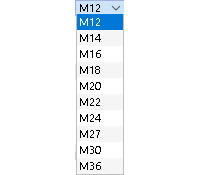
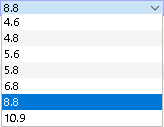


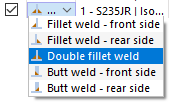


.png?mw=350&hash=c6c25b135ffd26af9cd48d77813d2ba5853f936c)















![Basic Shapes of Membrane Structures [1]](/en/webimage/009595/2419502/01-en-png-png.png?mw=512&hash=6ca63b32e8ca5da057de21c4f204d41103e6fe20)
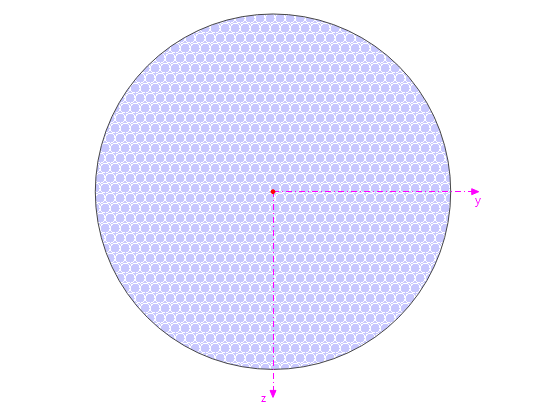
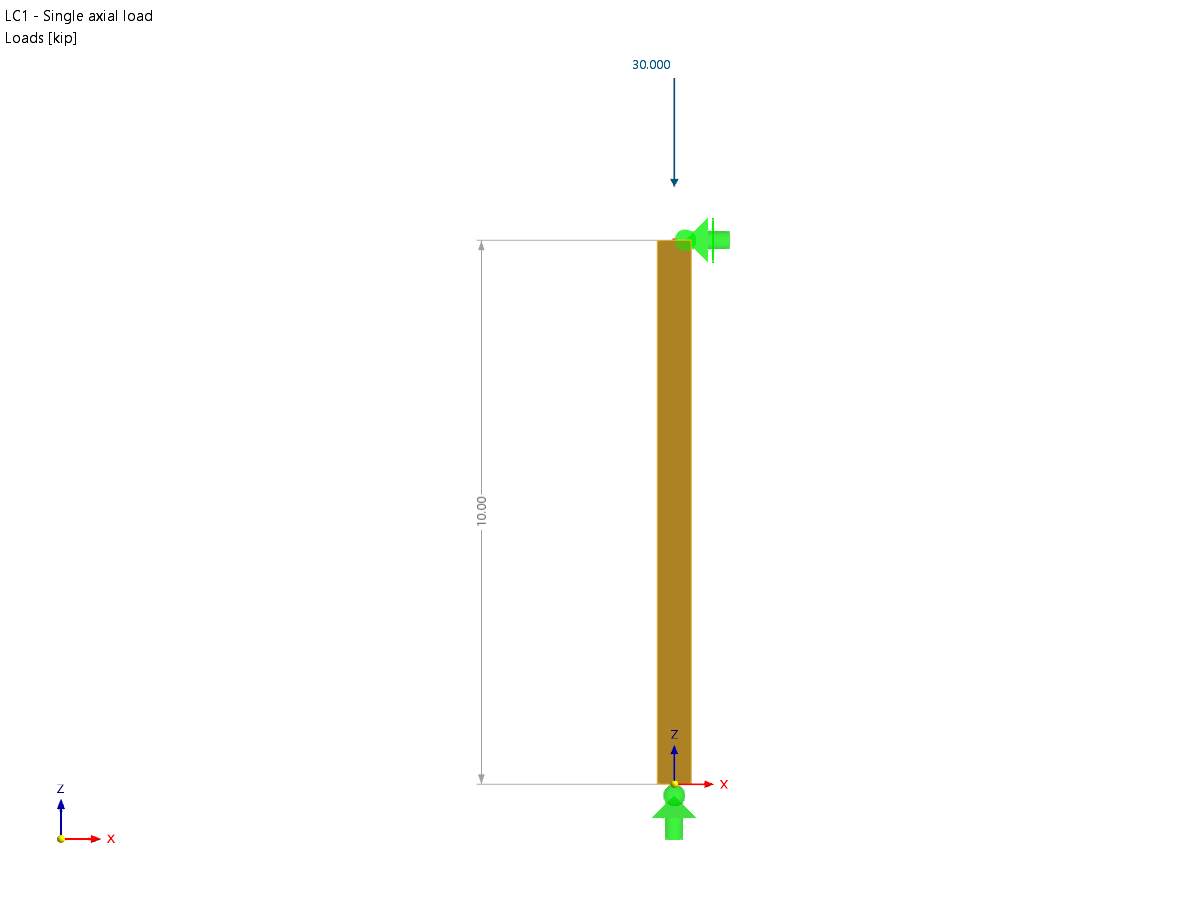









.png?mw=512&hash=ea9bf0ab53a4fb0da5c4ed81d32d53360ab2820c)


_1.jpg?mw=350&hash=ab2086621f4e50c8c8fb8f3c211a22bc246e0552)







